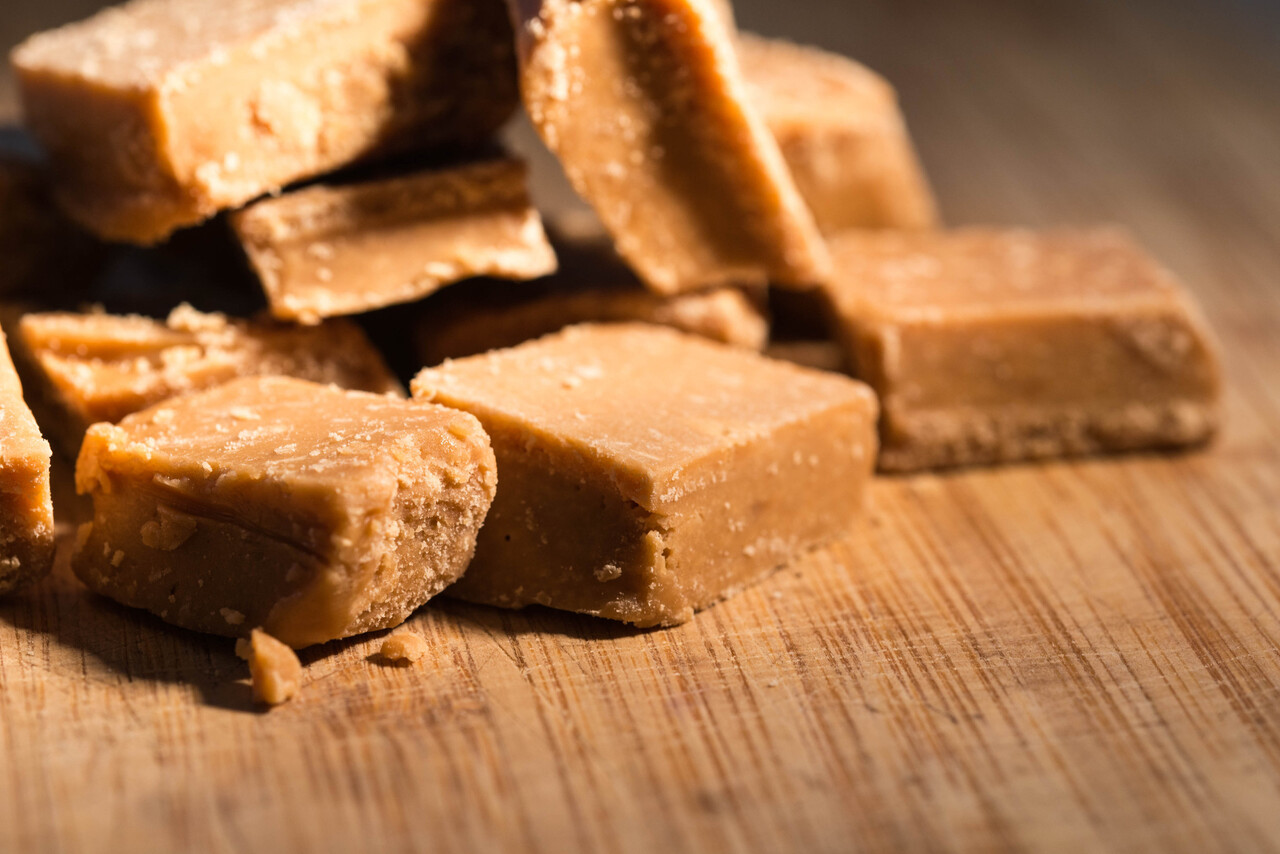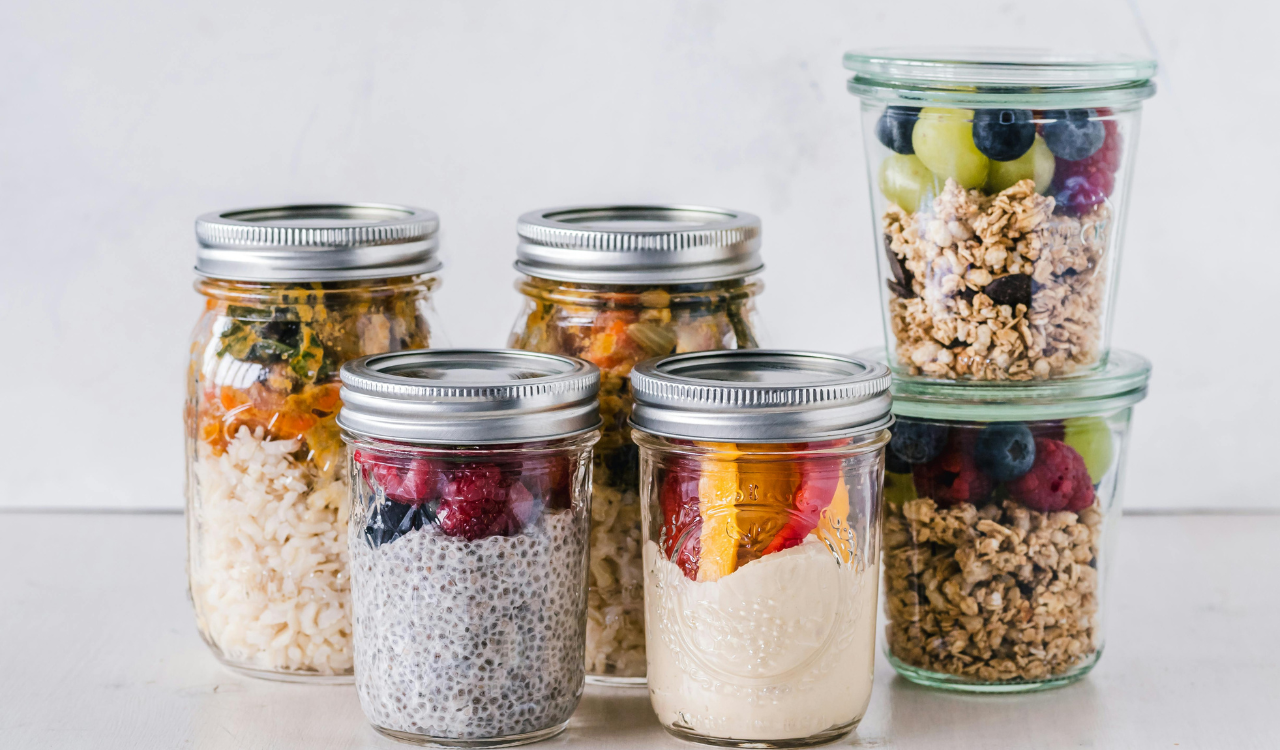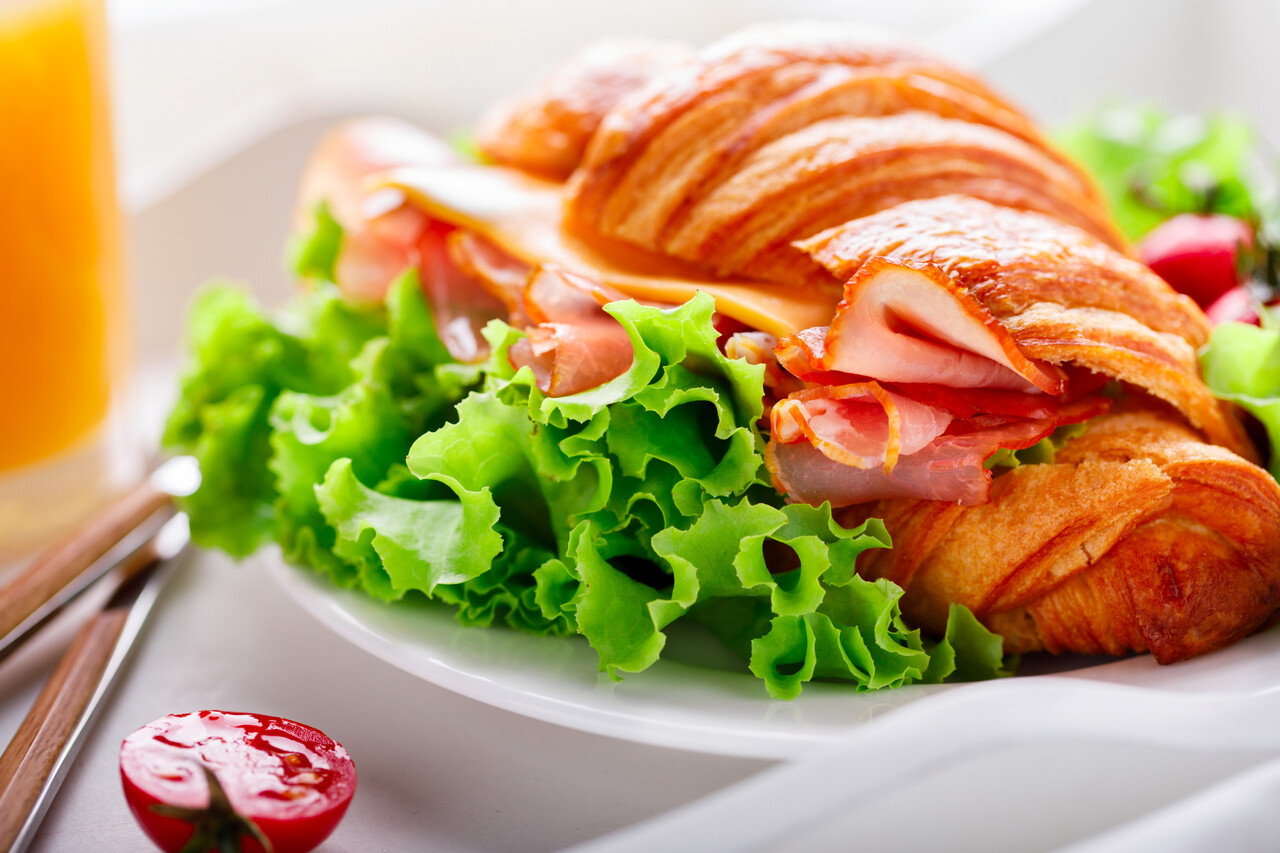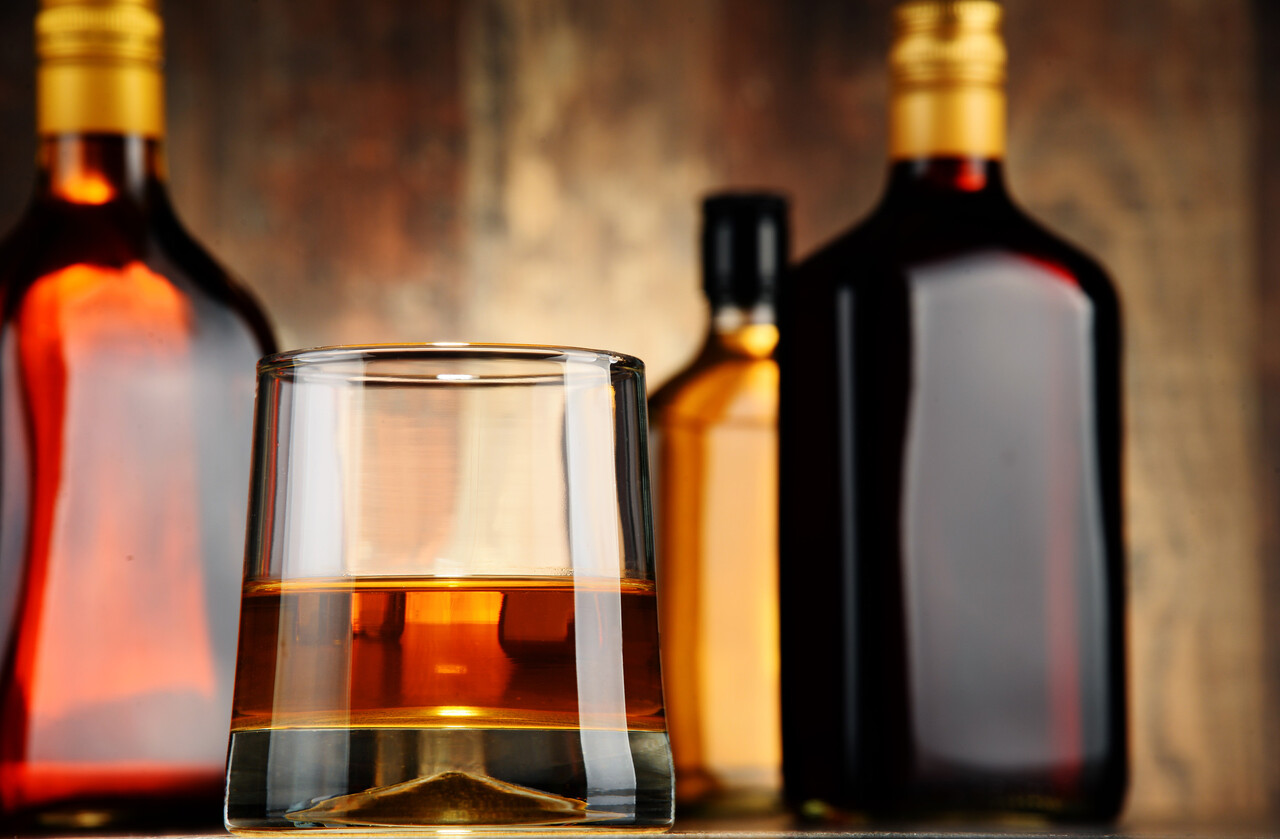Which Cutting Boards Are Safest for Home Kitchens Right Now

Selecting a cutting board involves considerations of food safety, knife health, and hygiene in addition to appearance and price. The “safest” board is one that is easy to maintain, gentle on your blades, resistant to bacteria, and doesn’t leak dangerous chemicals. Every board eventually gets cut, scratched, and discolored, so it’s critical to understand which materials withstand actual use. This article lists eight cutting board types that are currently thought to be among the best options, along with information on how to choose the best one or ones for your kitchen, their trade-offs, and cleaning tips.
1. End‑Grain Hardwood Boards (Maple, Walnut, Cherry)

End-grain hardwood boards are frequently regarded as the best option for cutting surfaces. Because the wood fibers in these boards are oriented vertically, the knife cuts between the fibers rather than across them. This minimizes deep grooves that can harbor bacteria and closes small cuts, giving the wood a sort of self-healing effect. Because the blade slides more smoothly against the wood, these boards are also good for knives. Species with tight grain, such as maple or cherry, lessen the absorption of food particles or moisture. The drawback is that in order to prevent warping or splitting, they need to be regularly oiled with food-grade mineral oil or beeswax. Many users view the ability to sand and resurface a board that has been deeply scored as a long-term benefit.
2. Edge‑Grain Hardwood Boards

Wood strips with the grain running lengthwise are adhered together to create edge-grain boards. They are easier to make, less expensive than end-grain, and still reasonably knife-friendly. If properly maintained, they can withstand deep grooves fairly well, even though they don’t self-heal as well as end-grain boards. Bacterial hold is lessened by the smaller pores and tighter wood species. But as scratches build up over time, cleaning becomes increasingly important. As with all wood boards, you should never soak them, never put them in the dishwasher, and apply oil or wax to keep them from warping and cracking. An edge-grain board that is properly maintained can last for years and still be used safely for food preparation.
3. Bamboo Boards (Solid and Strand)

Although bamboo is technically a grass, its hardness and density have made it a popular “wood alternative” for cutting boards. Its low moisture absorption helps prevent bacterial growth, and its harder texture than many hardwoods helps prevent gouging. Bamboo boards should be sanitized when necessary and cleaned with hot, soapy water, according to USDA guidelines. The dangers: bamboo boards are frequently constructed by joining strips, and certain finishes or adhesives may release chemicals if they are of poor quality. Additionally, bamboo may dull sharp knives more quickly than softer wood because it is harder. Periodically oiling the board and replacing it if deep grooves form are part of proper maintenance. Bamboo is regarded by many users as a compromise choice because it is reasonably eco-friendly, reasonably safe, and requires little upkeep.
4. Food‑Grade HDPE / Polyethylene Plastic Boards

Commercial kitchens frequently use high-density polyethylene (HDPE) boards due to their nonporous nature, dishwasher safety, and ease of sanitization. You can saturate them with hot water or bleach solution without causing any harm because their smooth surface doesn’t absorb moisture or bacteria beneath it. The trade-off is that deep knife cuts eventually build up and form grooves that can harbor bacteria. As a result, when the groove lines get too sharp to clean, new boards must be used. In certain situations, plastic boards may dull very fine knives more quickly than wood, and they are also more likely to warp at high temperatures. To prevent cross-contamination, many home cooks use wood for general tasks and plastic for raw meats.
5. Paper‑Composite & Resin Composite Boards

Composite boards, like Richlite or Epicurean boards, combine the qualities of plastic and wood by layering paper, resin, or compressed fiber. They are still nonporous, stain-resistant, dishwasher safe, and kinder to knives than steel or glass. Unlike wood, these boards typically don’t need to be oiled, and their design prevents bacteria from absorbing. The warning: since some composites use resins and adhesives, it’s critical to select brands that are approved as food-safe and devoid of formaldehyde or other hazardous volatile organic compounds. Heavy scoring might eventually still need to be replaced or resurfaced. These composite materials are listed as safer substitutes in numerous articles about food safety.
6. Stainless Steel / Titanium Boards

Metal boards are long-lasting, easily sanitized, and almost impervious to bacteria. Titanium and stainless steel are inert, meaning they don’t release dangerous chemicals when used in a typical kitchen. They are easy to clean and don’t absorb smells or moisture. The main drawback is that metals can chip or ding delicate blades and are harsh on knife edges, speeding up dulling. In wet weather, they might also be slick. Despite being more expensive, titanium is softer than some steels and might be kinder to knives. Titanium is mentioned in some cutting board safety discussions as a non-toxic choice for people who are sensitive to chemicals. Many home cooks save metal boards for tasks that don’t require knife sharpness because of the trade-off with knife wear.
7. Glass, Ceramic or Tempered Glass Boards

Because glass and ceramic boards are entirely nonporous and impervious to bacterial growth, they are simple to clean and thoroughly sanitize. Their extreme hardness is a significant disadvantage, though, as cutting hard foods can cause the blades to chip and they dull much more quickly on glass or ceramic. Many chefs now steer clear of glass boards when performing intricate cutting tasks. Glass is more appropriate for serving or decorative purposes than for use as a cutting surface, according to the general consensus in kitchen science and food safety. Use glass with caution and avoid using it as your main cutting board.
8. Soft Rubber / Food‑Grade Silicone Boards

Although they are less popular, premium silicone or soft rubber boards provide an intriguing balance. They are soft on knives, have nonporous surfaces that prevent bacteria from absorbing, and are reasonably flexible. They lessen the possibility of deep cuts that trap debris because they give a little. Additionally, their adaptability facilitates the transfer of chopped materials. The drawback is that these boards might not be the best for very stiff cuts or heavy chopping. Additionally, low-cost silicone or rubber alternatives might include fillers or additives, so picking a high-quality, BPA-free, food-safe product is crucial. In a multi-board kitchen, these boards can be a safe addition, particularly for delicate tasks or work near plated food.





